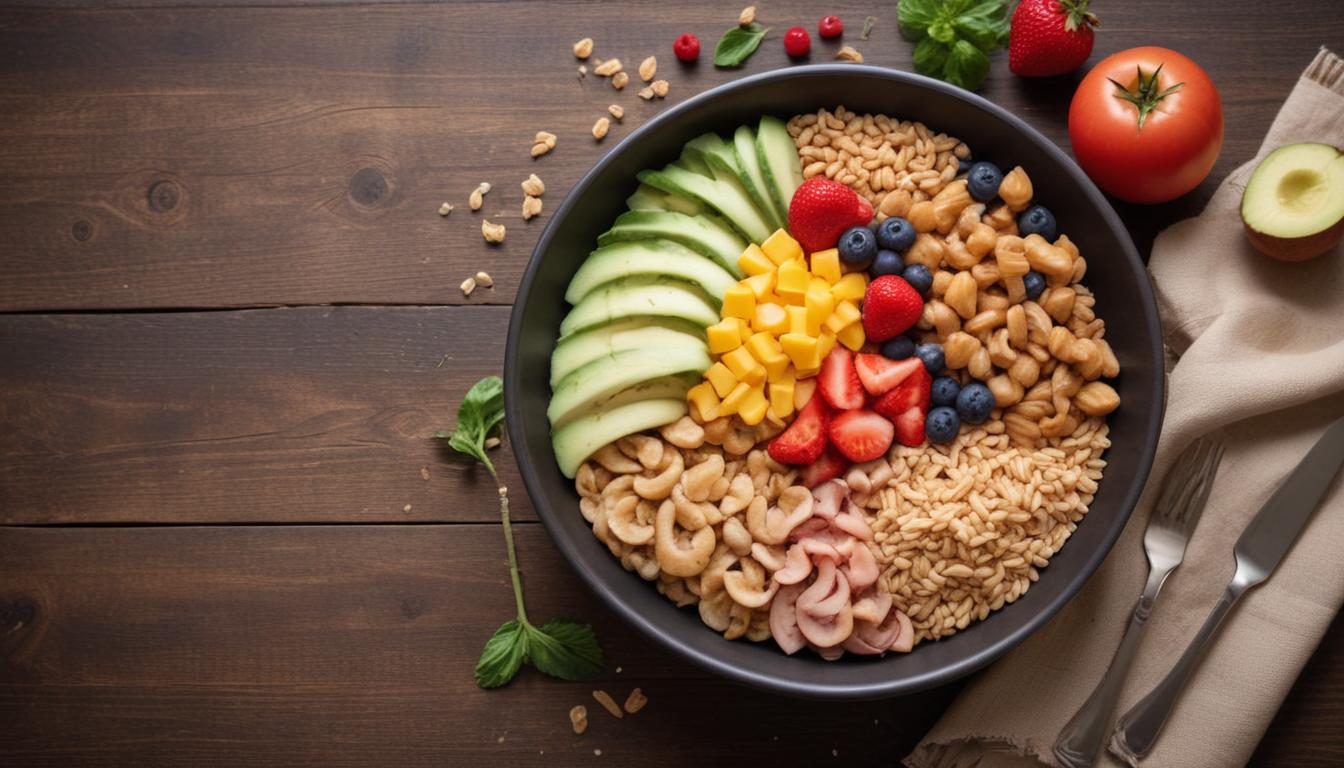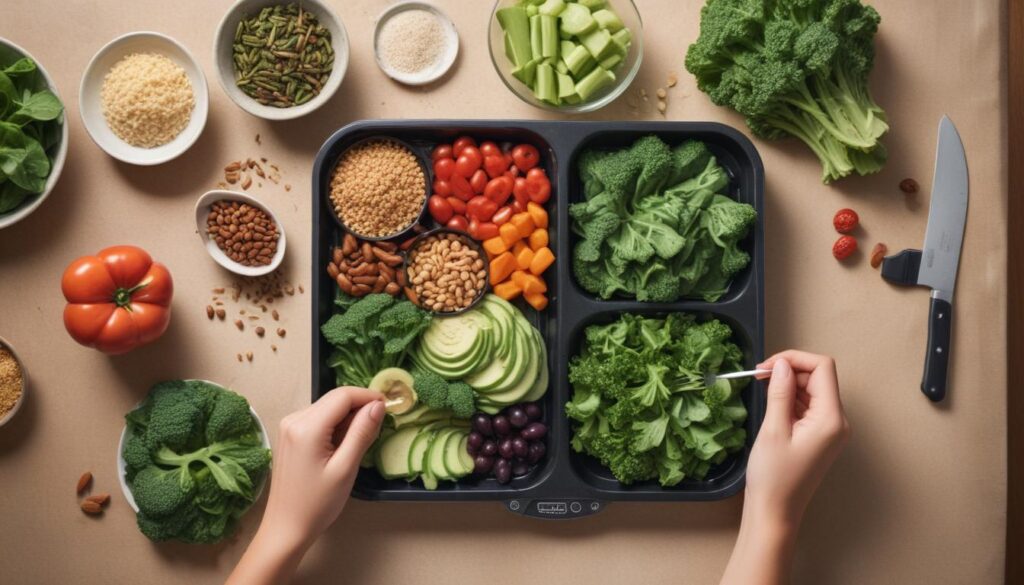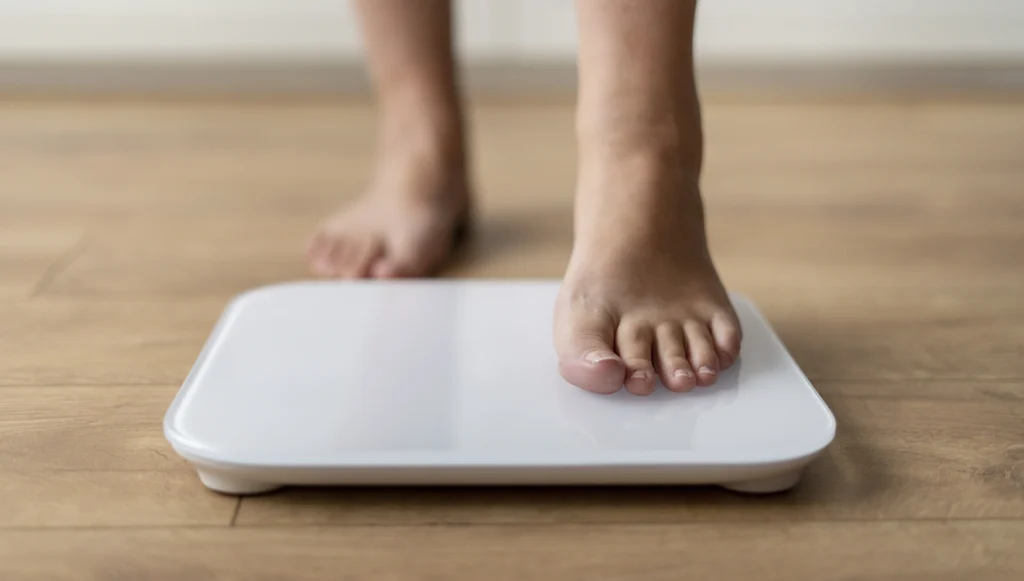Now Reading: Unlock Weight Loss with Fiber
- 01
Unlock Weight Loss with Fiber
Unlock Weight Loss with Fiber

Feeling Hungry on a Diet? Why Fiber is Your Weight Loss Secret Weapon
If you’ve ever tried to lose weight, you know the biggest battle isn’t always at the gym—it’s with the constant, nagging feeling of hunger. You carefully plan your meals and count your calories, only to find your stomach rumbling an hour later, tempting you with snacks that derail your progress. This frustrating cycle can make you feel like lasting weight loss is an impossible goal, leaving you tired and ready to give up.
But what if the solution wasn’t about eating less, but about eating smarter? What if a simple, natural component found in delicious, everyday foods could help you feel full, satisfied, and in control of your appetite? That powerful tool is dietary fiber. It’s not a fad or a complicated supplement; it’s a fundamental part of a healthy diet that directly tackles the biggest challenges of weight management. By understanding how fiber works, you can transform your relationship with food and make your weight loss journey feel less like a battle and more like a natural, sustainable process.
What Exactly Is Fiber
Before we dive into its weight loss benefits, it’s important to understand what fiber is. In simple terms, fiber is a type of carbohydrate that your body cannot digest or absorb. Unlike other carbs, which are broken down into sugar molecules for energy, fiber passes relatively intact through your stomach, small intestine, and colon. Its role isn’t to provide energy, but to support your digestive health and play a crucial part in regulating your body’s systems.
Fiber is generally categorized into two main types, and both are important for your health. Soluble fiber dissolves in water to form a gel-like substance in your digestive tract. Think of what happens when you add water to oatmeal—that thick consistency is soluble fiber at work. This type is found in oats, barley, nuts, seeds, beans, lentils, and some fruits and vegetables like apples and carrots. Insoluble fiber, on the other hand, does not dissolve in water. It adds bulk to your stool and helps food pass more quickly through the stomach and intestines. It’s found in foods like whole-wheat flour, brown rice, nuts, cauliflower, and green beans. A healthy diet includes a good mix of both.
How Fiber Supercharges Your Weight Loss Efforts
The magic of fiber for weight loss lies in its ability to promote satiety, the feeling of fullness and satisfaction. When you eat foods rich in soluble fiber, that gel-like substance it forms in your stomach significantly slows down digestion. This means food stays in your stomach for a longer period, helping you feel full for hours after a meal. This effect physically stretches the stomach, which sends signals to your brain that you are no longer hungry, naturally curbing your appetite and reducing the likelihood of overeating or reaching for unhealthy snacks between meals.
Furthermore, fiber plays a vital role in stabilizing your blood sugar levels, which is a game-changer for controlling cravings. When you eat refined carbohydrates or sugary foods, your blood sugar spikes rapidly and then crashes, leaving you feeling tired, irritable, and craving more sugar. Fiber slows the absorption of sugar into your bloodstream, preventing these dramatic spikes and crashes. With more stable blood sugar, you experience steady energy levels and a significant reduction in cravings for sweets and other high-calorie foods. This creates a stable internal environment that makes it much easier to stick to your healthy eating plan.

Easy Ways to Add More Fiber to Your Diet
Incorporating more fiber into your diet doesn’t have to be complicated. The best approach is to focus on whole, unprocessed foods. Start by making simple swaps. Instead of white bread, pasta, and rice, choose their 100% whole-grain or whole-wheat counterparts. Begin your day with a bowl of oatmeal or a high-fiber cereal, and top it with berries and a tablespoon of chia seeds or ground flaxseed for an extra boost. Legumes like beans, lentils, and chickpeas are fiber powerhouses that can be easily added to soups, salads, and stews.
Snacking is another great opportunity to increase your fiber intake. Instead of reaching for chips or cookies, grab a handful of almonds, an apple with the skin on, a pear, or some crunchy carrots with hummus. When you’re eating fruits and vegetables, remember that much of the fiber is found in the skin, so wash them well and eat them whole whenever possible. By making these small, consistent changes, you can effortlessly increase your daily fiber consumption and start reaping its incredible benefits for weight loss and overall health.
A Word of Caution Start Slow
While increasing your fiber intake is highly beneficial, it’s crucial to do so gradually. If your body isn’t used to a high-fiber diet, suddenly adding a large amount can lead to uncomfortable side effects like gas, bloating, and cramping. This happens because the bacteria in your gut need time to adapt to processing more fiber. Think of it as a workout for your digestive system—you wouldn’t go from the couch to running a marathon overnight, and the same principle applies here.
To avoid discomfort, increase your fiber intake slowly over the course of several weeks. For example, start by making just one swap, like changing your breakfast cereal or adding a side of beans to one meal. As your body adjusts, you can gradually incorporate more fiber-rich foods. Most importantly, as you increase fiber, you must also increase your water intake. Fiber works by absorbing water, so drinking plenty of fluids is essential to help it move smoothly through your digestive system and prevent constipation. Aim for at least eight glasses of water a day to support your new high-fiber lifestyle.




































